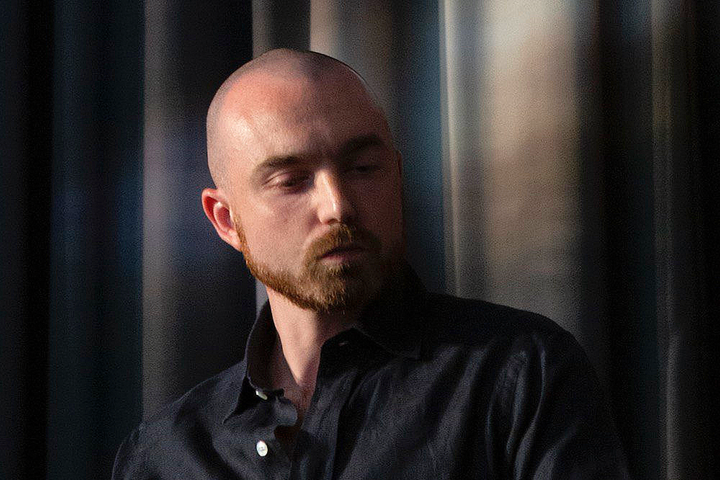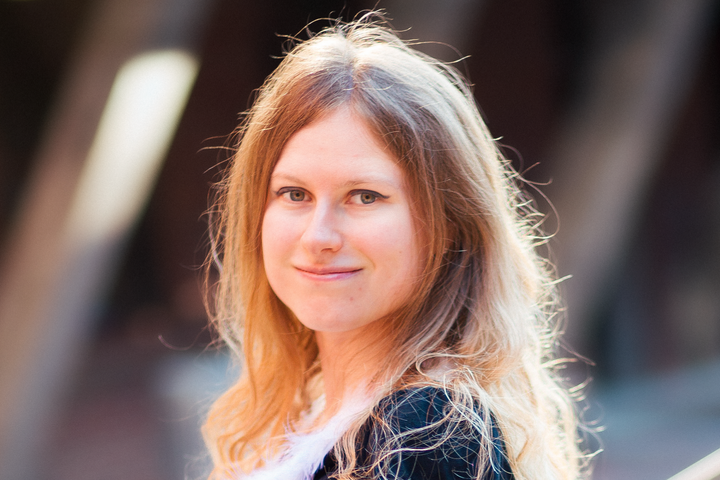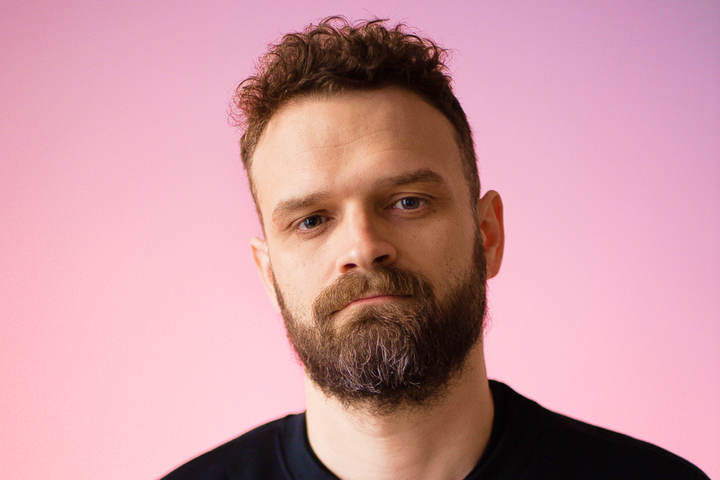Krista Kim on Techism, Digital Consciousness and Web3 Future

Krista Kim’s Continuum installation was featured in Times Square every midnight in Feb 2021. She wrote a Metaverse essay for New York Times, and is the first Metaverse artist of the permanent LACMA collection. Krista is a Cultural Leader of the World Economic Forum, and was chosen by Louis Vuitton as a #Louis200 visionary in celebration of Louis’ 200th birthday and created the first Lamborghini NFT in history in collaboration with Steve Aoki; Krista is contributing Metaverse Editor for Vogue Singapore; Top 30 Most Influential People of the Metaverse by Read and Write Magazine; Architectural Digest AD100, NFTy50 by Fortune Magazine. Kim made an iconic collaboration with Lanvin in 2018. In 2021, Kim collaborated with Mercedes Benz EQS. Kim was creative director for the Utah Jazz NBA Team, “JazzXR” campaign, the first Sports Team Metaverse NFT in history.
What is your background and how you entered the digital art space?
My background spans from political science to fine arts, and my transition into the digital art space was a natural evolution. After earning my BA in Political Science at the University of Toronto, I delved into the world of fine arts, earning a Masters of Arts from LaSalle College of the Arts Singapore/Goldsmiths UK. As an artist, I've always been fascinated by the intersection of art and technology and how these two fields can converge to create transformative experiences. This fascination led me to digital art, an avenue where creativity and technology unite.
In the media you are often referred to as the founder of Techism. How do you see this term and what stands behind it for you?
Techism, as a term and movement I founded, aims to address the intersection between technology and art, highlighting how the two can blend to form a new aesthetic experience. For me, Techism is about fostering a dialogue between humans and technology, using art as a medium of connection and mutual understanding. It's about acknowledging the digital consciousness that exists in today's tech-driven society and leveraging it to evoke emotions and spark conversation.
Why does digital consciousness become important for you and how do you present this concept in your works today?
Digital consciousness is the realization of our coexistence with technology and the recognition of our digitally intertwined lives. In my work, I endeavor to present this concept through immersive digital art that mirrors the complexities of our online interactions and the abstract, yet profound, emotional resonance they can have. My works today reflect this digital consciousness, prompting viewers to think about their digital existence and how it affects their perception of self and reality.
Back in 2021 you created the first NFT digital house in the world (Mars House). How did you come up with this idea? Why did you believe virtual real estate would be successful?
The idea for Mars House stemmed from my interest in exploring new boundaries within the digital art realm. The concept of virtual real estate emerged as a fascinating possibility within the metaverse, which I saw as a burgeoning space for creative expression and interaction. I believed in its success because of the increasing interest in virtual worlds and the desire for personalized, creative spaces within them.
What role did NFTs play in your career? What concepts did it help you to express?
NFTs have been instrumental in my career. They've offered a medium through which digital art can be valued and owned, which has been transformative for digital artists. It's also allowed me to express concepts related to uniqueness and ownership in the digital realm, which were previously difficult to explore.
What is your take on the future of NFTs?
I see a bright future for NFTs. As we become increasingly digitized, the demand for digital ownership and unique digital expressions will continue to grow. NFTs can serve as the bridge between physical and digital ownership, providing a tangible value to digital creations.
How do you see the Metaverse developing and what role will art play in it?
The Metaverse is developing into a digital universe where art will play an integral role. Art has the power to shape spaces, create mood, and provoke thought. In the Metaverse, it will enhance virtual environments, provide new platforms for artistic expression, and redefine how we interact with art. NFTs will extend beyond art and become a medium of authenticity, exchange, validation and security for all interactions.
How do you see yourself as part of the Web3 future and how do you want to contribute to the development of Metaverse?
As part of the Web3 future, I see myself as a creator and influencer in shaping the digital landscape. I hope to contribute to the Metaverse by creating art that bridges the gap between the physical and virtual realms, promotes digital consciousness, and fosters dialogue on the impact of technology on society and culture. It's a thrilling frontier, and I'm eager to be part of this exciting evolution.
In creating Mars House, I sought to bring the tranquil minimalism and immersive healing of Zen into the digital realm. I wanted to prove that even in the vast and virtual landscapes of the metaverse, we can create spaces that resonate with the same peace, simplicity, and tranquility that a five-hundred-year-old Zen garden offers. We can provide a service to humanity, a digital refuge that brings tranquility amidst the chaos of the 21st century and beyond. The most disruptive era of human civilization.
The Mars House was a catalyst for igniting a collective fascination with the metaverse and immersive experiences. This digital Zen, this fusion of technology and nature, is not a paradox but a promise. A promise that the metaverse can be more than a space for entertainment and commerce - it can be a sanctuary for our souls. A space where art, technology, and mindfulness come together to create healing and harmony.



